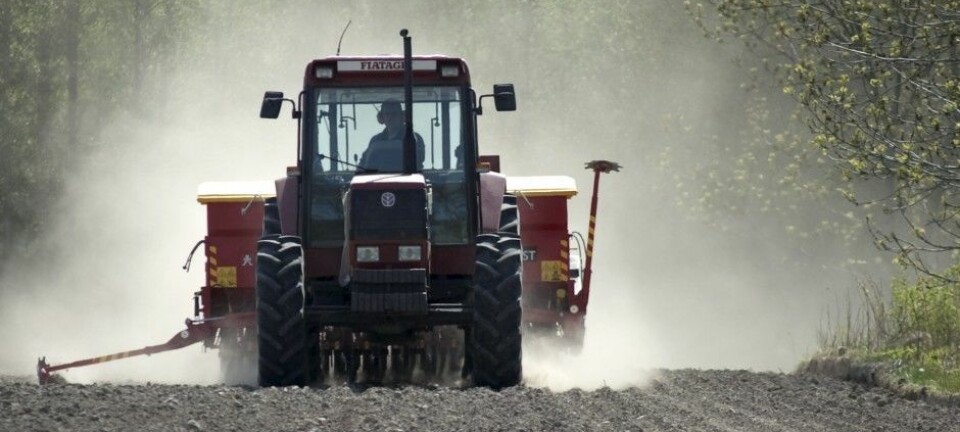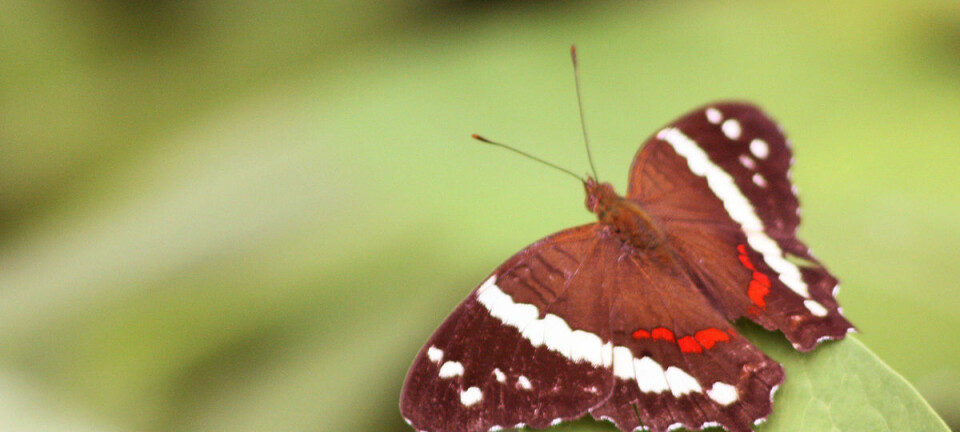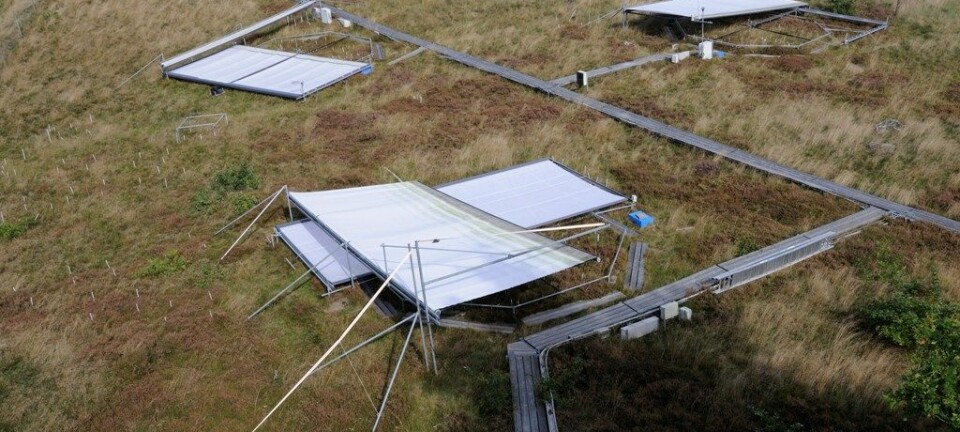
Tundra shrubs can speed warming
A rapidly warming climate is boosting the growth of shrubs on the tundra. These absorb more solar heat and intensify global warming.
Shrubs are becoming increasingly dominant in the tundras of Northern Europe, Asia and North America. A new study says this is both a sign of global warming as well as a reason why the planet can be expected to get even warmer.
“Substitute the snowy surface with the dark surface of a coniferous tree, and the darker surface stores more heat,” says Pieter Beck to the website livescience.com. He studies the ecology of vegetation at Woods Hole Research Center in Massachusetts and is one of the researchers behind the study.
It’s the same principle which makes a black T-shirt warmer to wear in the sun than a white one.
Growth rings and temperature records
The researchers compared climate data from the past 60 years with growth rings on shrubs they cut down. The results showed that these woody plants grow faster when it’s warmer. This enables scientists to use the growth rings of shrubs to see how the planet has changed, including before it was common to record temperatures.
The new discoveries are in accordance with earlier studies where comparisons were made between old and new photos as well as satellite images.
It isn’t as evident everywhere, but the overall picture shows that shrubs are making headway. Their increases are greatest in the wetlands of Siberia and Alaska.
Higher up the mountain
The scientists want to estimate how much more vegetation will proliferate because of the warming up of the tundra. They made a model predicting how climate changes will impact snow cover, vegetation and the amount of evaporation from the shrubs.
They concluded that at least half of the tundra will have another vegetation in 2050 than it has today. Furthermore, they estimate that large areas of the tundra will be warm enough for areas currently dominated by shrubs to be taken over by trees.
Martin Hallinger at the Swedish University of Agricultural Sciences’ Department of Ecology has contributed to the study, in part by collecting dwarf birch in Abisko, Sweden, as well as investigating growth trends in Norway, Finland and Alaska.
“In Abisko we see more and larger shrubs than we did before. They are clearly growing further up the mountain,” says Hallinger in a press release.
Can release climate gasses
Around 10–15 percent of the Earth’s land surface consists of tundra. Much of the vegetation in these areas huddles close to the ground as protection against icy winds. They also have shallow roots which can capture the moisture above the permafrost in the soil.
Huge amounts of climate gasses can be released if the tundra heats up. The tundra holds on to about a third of all the carbon dioxide bound to the soil, so if the permafrost lets go the gas can escape into the atmosphere and contribute even more to the global warming caused by human activity.
“What’s happening now in the Arctic is a faster version of what will be happening at lower latitudes,” said Bruce Forbes to livescience.com in a comment on the new study.
Forbes is a geographer at the Arctic Centre at the University of Lapland in Finland but did not personally participate in the study.
“Extreme weather will still be extreme but it won’t be so uncommon,” he says.
The study is the largest ever conducted on the Arctic tundra and the researchers assert it can be used to improve projections of future climate change impacts.
------------------------------------
Read the Norwegian version of this article at forskning.no
Translated by: Glenn Ostling




































